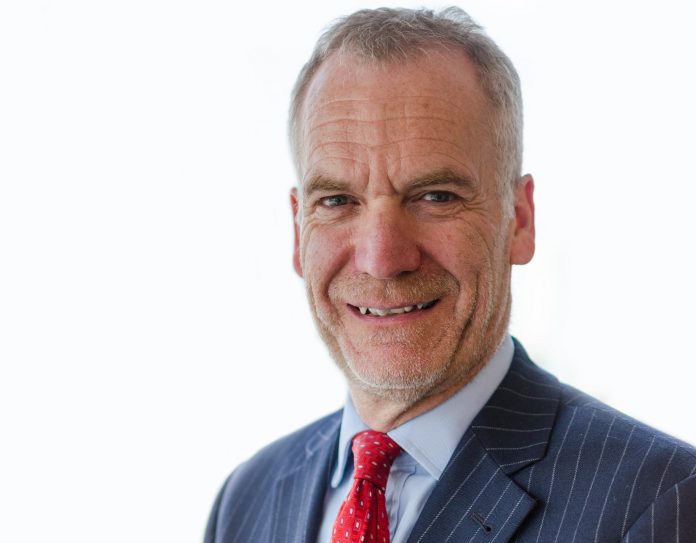Invesco’s Global Market Strategy Office set out to answer the question of how investors will look back upon the Covid pandemic from a financial market perspective. Paul Jackson, Global Head of Asset Allocation Research, and András Vig, Multi Asset Strategist at Invesco’s Global Market Strategy Office, find that, despite the trauma of March 2020, investment memories of the pandemic episode may be surprisingly positive.
Jackson and Vig considered the peak-end rule, which suggests that memories of past events are dominated by a combination of feelings at the most intense moment of emotion and those at the end. Using Wall Street’s “fear gauge,” the VIX index, as a measure of pain during the pandemic, the analysis identified peak moments of stress since the beginning of the pandemic.
“While the latest wave of the pandemic is easing in some regions as the result of lockdowns and vaccination programs, unfortunately, for the world as a whole, the pandemic is far from over, with a surge of daily infections in Asia Pacific. Many developed countries may be looking forward to some new kind of economic normality during the second half of 2021, which raises the question about how we will look back upon this extraordinary episode,” Jackson says.
Using the VIX index, which measures implied volatility in S&P 500 options, as an indicator of financial market stress, Jackson and Vig find that markets had never been more worried than they were in March 2020, with the 16 March peak of 82.69 a daily record. However, as the economy has recovered, volatility has subsequently declined. During April 2021, the VIX index averaged 17.4, well below the historical average of 19.5 (since 1990), which, according to the Invesco experts, suggests a “happy (relaxed) ending to the period of turmoil.” “After some dramatic weeks in February and March 2020, financial markets have broadly looked forward to happier times,” Jackson says.
However, they note that volatility also follows a seasonal pattern, with VIX averages on average lowest during the spring and early-summer period. Late summer typically brings higher volatility with the peak coming in the September-November period. “If that pattern holds during 2021, the dampened volatility of recent weeks may continue over the coming months,” Jackson says. As he notes, the decline in the VIX index between March and April 2021 appears to have both seasonal and cyclical aspects. While volatility typically declines in April, the decline also seems to be part of the ongoing response to improved economic and profit conditions.
The factor that the Invesco experts believe could bring about the typical seasonal pattern whereby volatility picks up in autumn is a removal of Fed policy support, whether announced by the US central bank or anticipated by markets. Although the Fed’s most recent FOMC meeting gave no hint of imminent changes, they note that Bloomberg’s survey of 49 economists revealed that a majority believe a tapering announcement will come this year.
The Invesco strategists are unconcerned by the prospect of Fed tapering. “In fact, we would be more worried if it doesn’t come this year, either because it would signal that the economy is too weak or conversely that the Fed is falling a long way behind the curve,” Jackson says. “If anything, we think the risk is that the Fed is too slow to tighten, with the result that inflation rises above what is currently priced into markets.”
In Jackson’s view, tapering may cause a bit of market volatility – a “mild tantrum” – but he doubts it would cause anything much beyond the typical seasonal rise. In fact, the Invesco experts’ analyses suggest Fed tightening cycles are associated with low volatility because the economy is strong. In their opinion, to see something worse than that would take either a sharp slowdown – for example, due to troublesome Covid-19 variants – or a sharp rise in core inflation that spooks markets. “In peak-end terms, the only way we see this ending badly is if Covid turns nasty or if it turns out that major central banks have already committed a big error,” Jackson says. However, the Invesco experts suspect the year will end without too much drama and therefore continue to stick to their preference for cyclical assets. “If the pandemic is now past its worst point – in the developed world – and if the VIX index is our measure of financial market stress or pain, then, in terms of the investment legacy, the ending of the pandemic could feel pain free,” Jackson notes.











